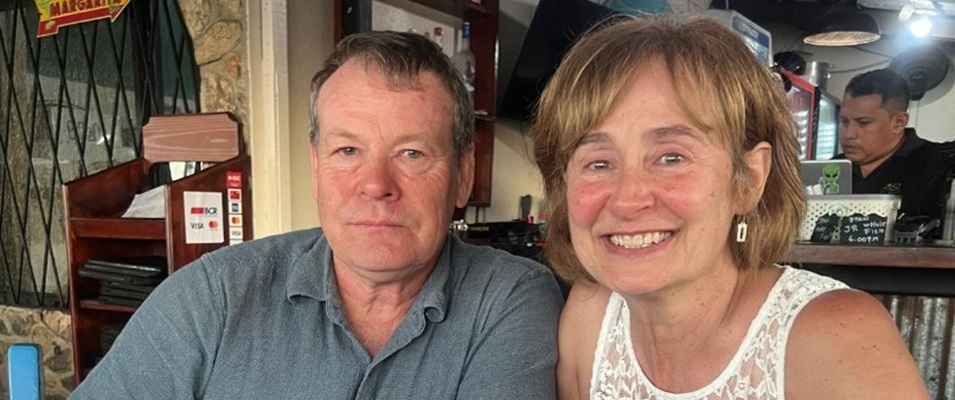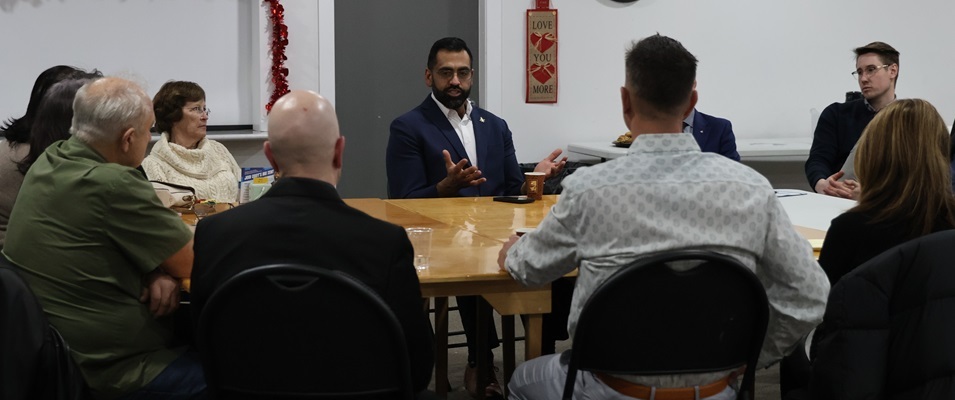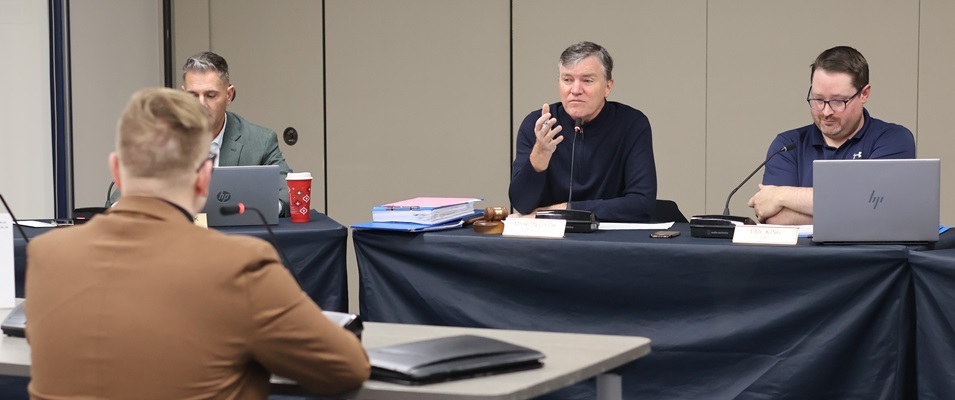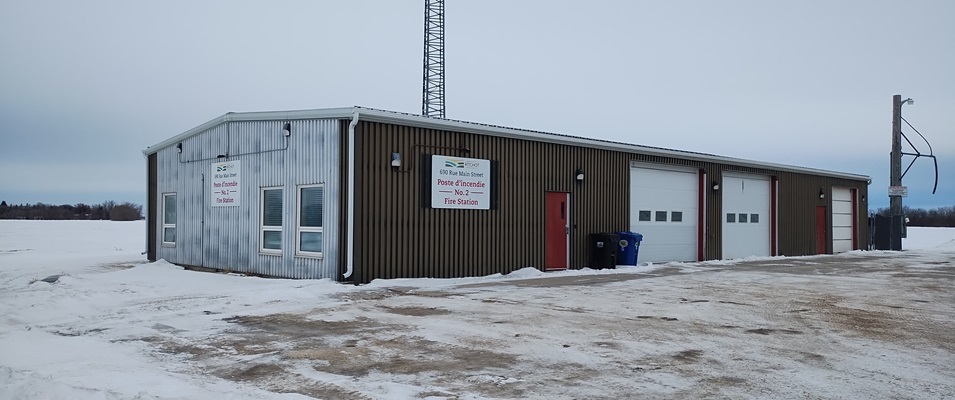
If you attended the Niverville Olde Tyme Country Fair this past year, you may have noticed a few people walking around carrying exotic birds on their arms. They were from the Wildlife Haven Centre, based out of Île-des-Chênes, Manitoba. Since 1984, they have helped over 35,000 injured and orphaned wildlife.
Wildlife Haven is currently working on an exciting new $2.5 million wildlife hospital and education centre, which will hopefully be up and running by the summer of 2016. As of now, the centre offers free care and rehabilitation to any found wildlife, whether hurt or orphaned.
“In 2014, we kicked off a capital campaign to raise $2.5 million. Funds collected to date is $1.4 million,” says project manager Roger Perron. “We have started building and hope to have the shell of the building up before the winter.” He adds that they receive no government funding and therefore depend solely on donations.
So what will this new 18-acre development include?
“There will be something for everyone. The education centre will be open to the public for all ages. We want to be a dest-ination of choice for schools, tourists, and the general public. We will offer a unique experience to visitors on wildlife,” Perron explains. “We are also developing onsite a natural wetland area, where a pond will be stocked with fish. We are also developing a tall grass prairie demo site.”
As for the hospital, it will be anything but a typical hospital in the sense we’re used to. It will feature a variety of enclosures for the wildlife to heal in, including a flyaway that allows birds to exercise and practice flying prior to release. Another feature is a waterfowl enclosure of ponds for ducks, geese, and other large birds to swim about.
“We currently operate with about 90 volunteers, some in the hospital and others in the outreach wildlife educational programming,” says Perron.
Judy Robertson has been volunteering with Wildlife Haven for more than 10 years. “I did not have any prior experience with wild animals. I did have my own pets, but the experience is very different. Wild animals look at people as predators.”
Robertson conducts some of the education presentations when schools take field trips to the centre. “I was nervous,” she says about her first present-ation. “But I had my card notes with me. I saw the excited faces of the Grade 2 children and knew it would be okay. I have been invited back every year since.”
There are highs and lows with any volunteering posi-tion. “My favourite part of volunteering is working with our amazing non-releasable education ambassadors,” Robertson says. “Least favourite is that you aren’t able to give every animal coming through the door a second chance.”



















